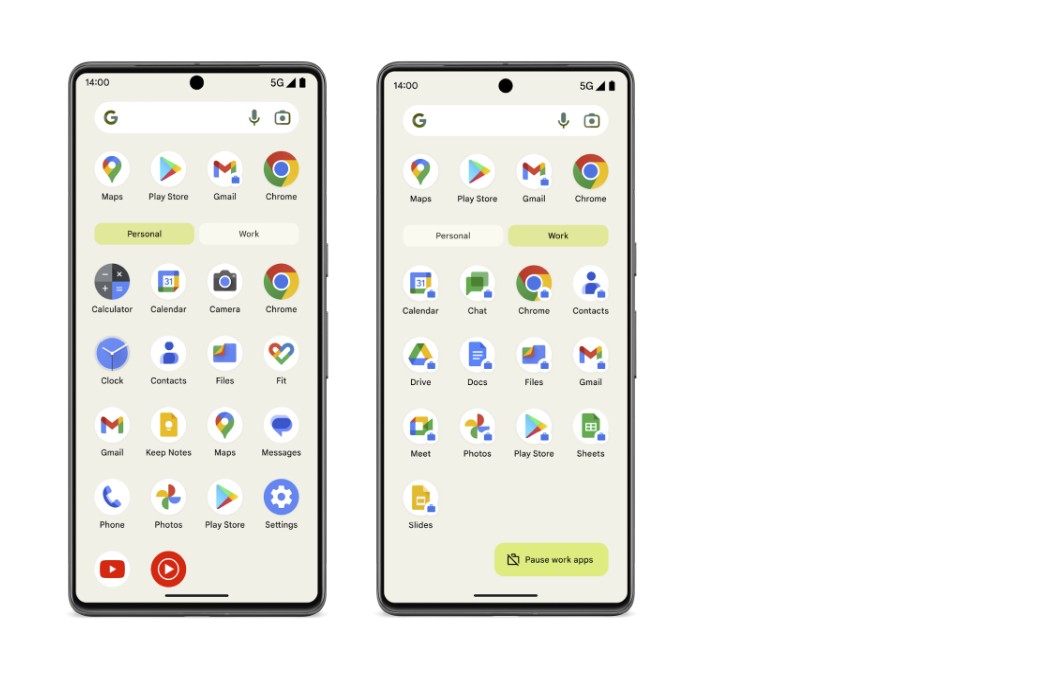How to Un-Root your Android Device
4 min. read
Updated on

Nowadays rooting an Android handset is one of the most common things that you do after you purchase a smartphone or a tablet. It is easier than ever, it has lots of advantages and it helps you to gain full control of your new “toy”. But, like in any novel, there are times when things change and you have to unroot your device maybe because it is slower than before, maybe because it has lots of bugs or worse, the Android OS refuses to do its job. Another reason to unroot is the security issues, one of the biggest concerns.
To better understand what you are going to do next, lets see what is unrooting. This process is the reverse of rooting: you unroot your phone and return it to stock. What is the main purpose? You have warranty back, which you lost it when you rooted your android mobile and the original system settings and applications.
In order to perform such an operation, you need to have a rooted Android smartphone or tablet, backup your data and uninstall ClockWorldMod – CWM recovery if you have it.

Now let’s see how to unroot your device (easy method):
- First download ES File Explorer from Google Play and don’t move to SD card.
- After that launch application and click on the slash button.
- Now tap the phone menu button to reveal new options and Root Explore setting it to ON.
- Next, allow Superuser to grant root privileges to the app.
- Navigate to System folder, then “bin” folder, then find “su” file.
- Select SU by pressing continuously on it and then delete.
- Navigate into xbin folder, in the System folder and delete the “su” file.
- In the app folder from System folder delete the Superuser.apk file.
- Reboot your device. Your device is now unrooted.
There are also another three methods that aren’t such easy to perform, but if the first fails you have to do something, aren’t you? A popular Android dedicated forum, xda-developers, revealed one of the most interesting method dedicated to advanced users:
- Reboot device.
- Search for system updates and download.
- Phone reboots-wait (applications and user settings will be retained).
- Open up a terminal emulator and enter “su”.
- If you cannot turn on the device to check if unrooted, boot into recovery mode, open up adb enter: adb shell and su.
- If you see “permission denied” the device is unrooted.
- Uninstall applications that require root, like Superuser, in order not to void your warranty.
After unroot using this method, if you can`t boot up your smartphone / tablet, only to the bootloader or recovery, you still can use the adb (android debug bridge) to flash in the stock recovery, push/pull the updates and reboot the phone into recovery mode or normal mode. Here are some ADB commands for this process:
- Reboot: adb shell-reboot
- Reboot into recovery mode: adb shell-reboot recovery
- Flash a new recovery image temporarily (resets when rebooting): adb shell-flash_image recovery /sdcard/recovery.img
- Flash a new recovery image that does not reset when rebooting: adb shell-flash_image recovery /sdcard/recovery.img-exit-adb shell-cd system-su-mount -o rw,remount /dev/block/mtdblock1 /system
- rm recovery.img-mount -o ro,remount /dev/block/mtdblock1 /system-exit-exit
- Push file to sdcard: adb push file.blah /sdcard/file.blah
- Push file to sdcard: adb pull /sdcard/file.blah file.blah
- To unroot, you need to have stock recovery installed.
In some cases you have custom recovery installed and SuperSU app already installed. You can run the SuperSU app, go to Settings, and choose “Full unroot”. And Voila! Your device is unrooted. If your SuperSU or Superuser app is still there, simply uninstall using Play Store.
Finally, unrooting your device can be done with Universal Unroot (download the tool from here), the one root access removal app to un-root any Android device. Click on the un-root and your device gets un-rooted. At this moment this app only supports x86, ARM and MIPS based handsets.










User forum
10 messages